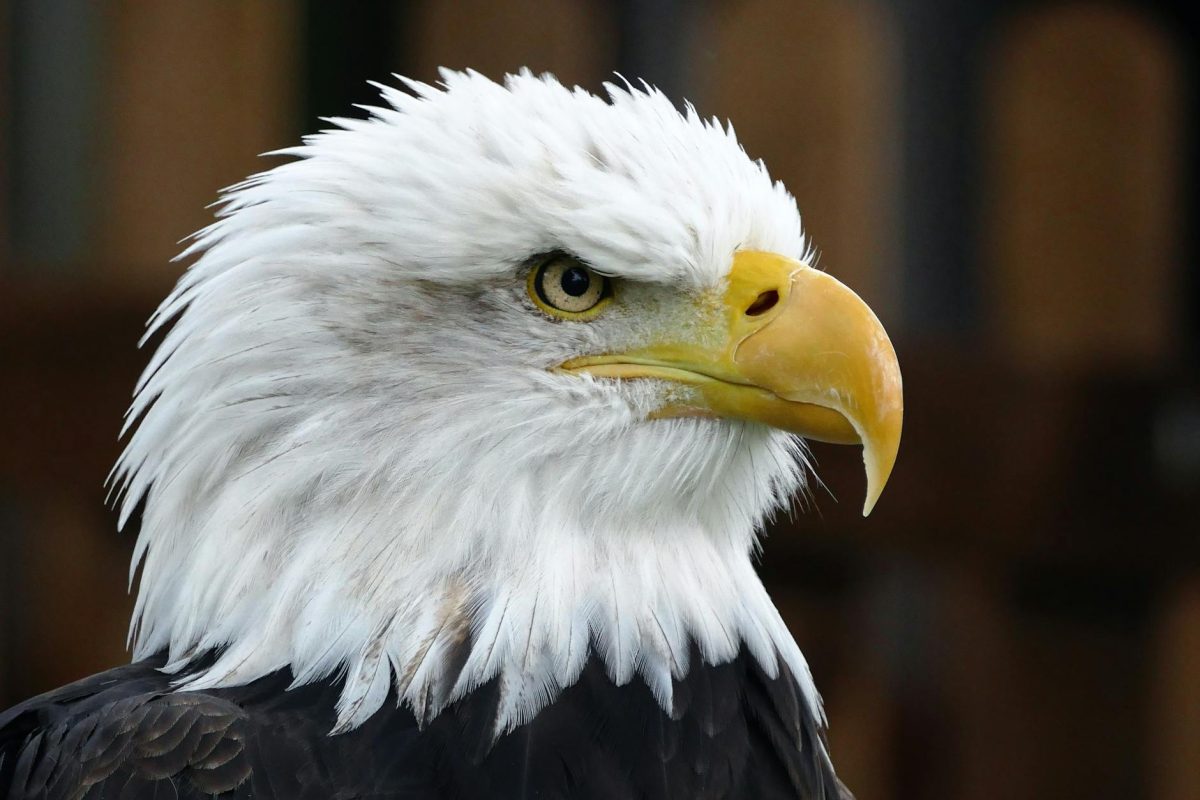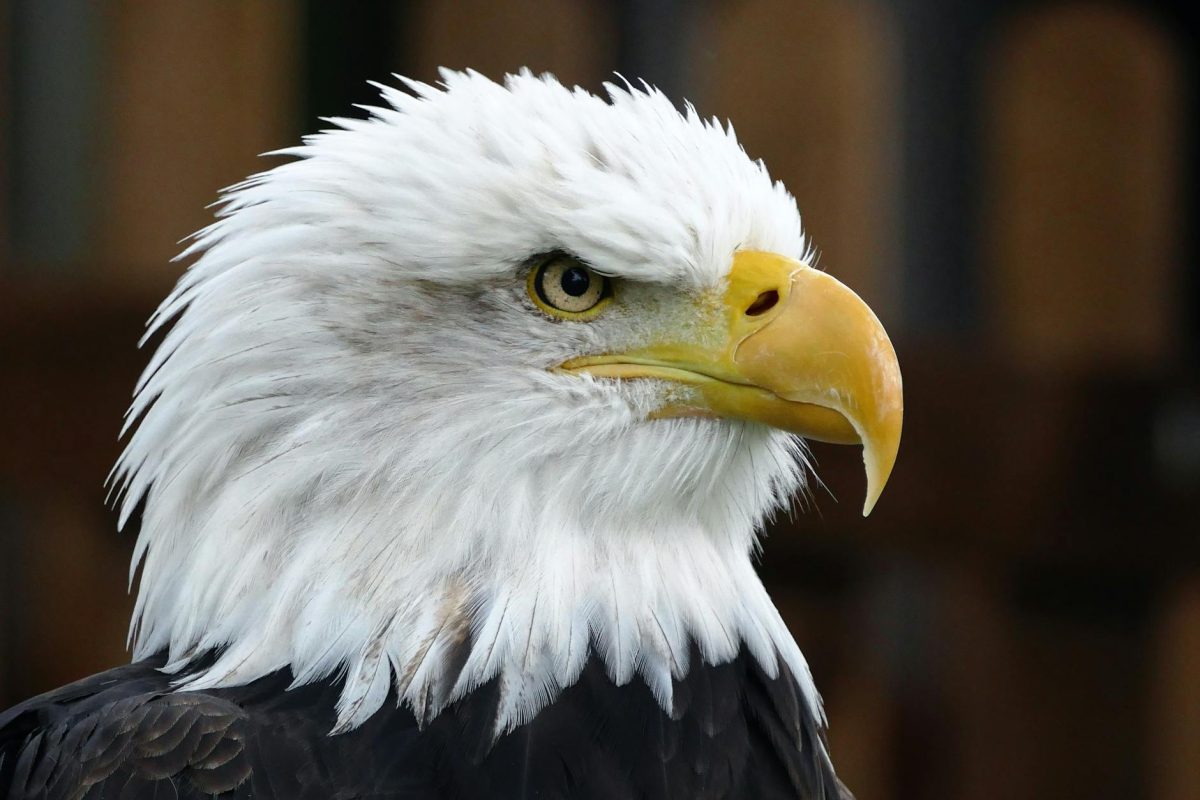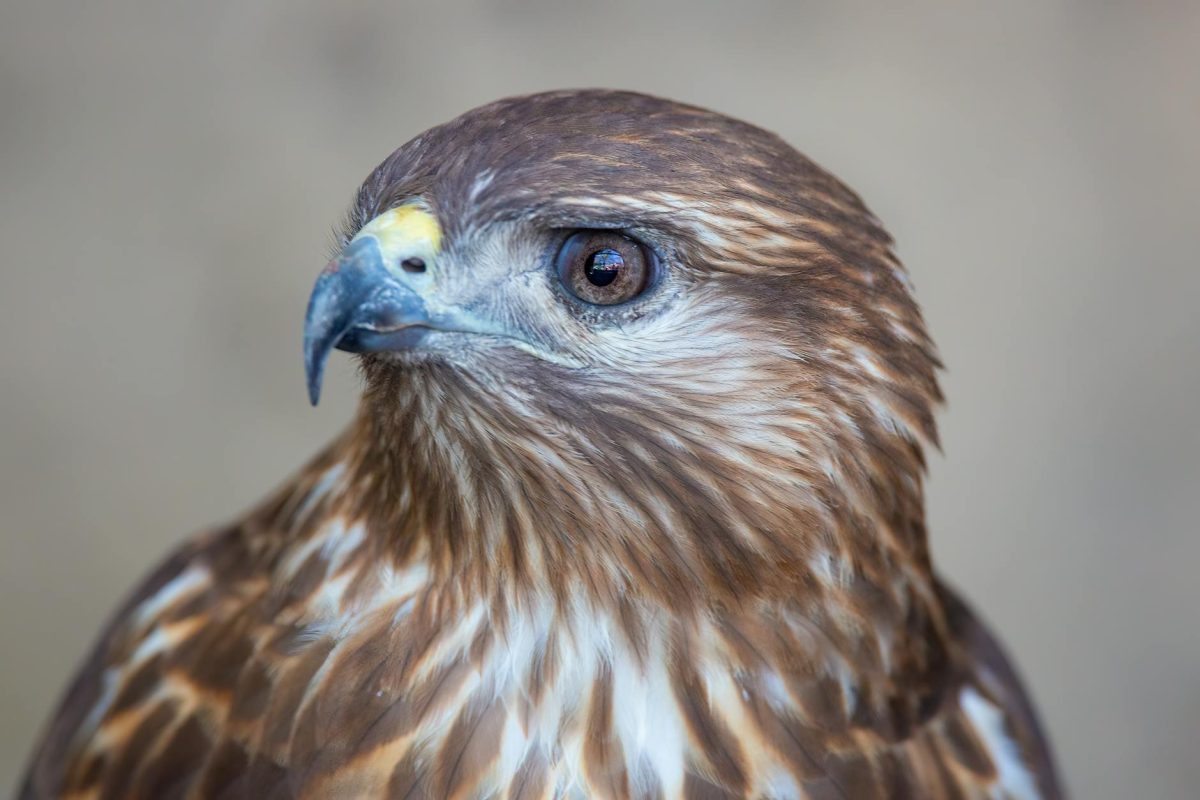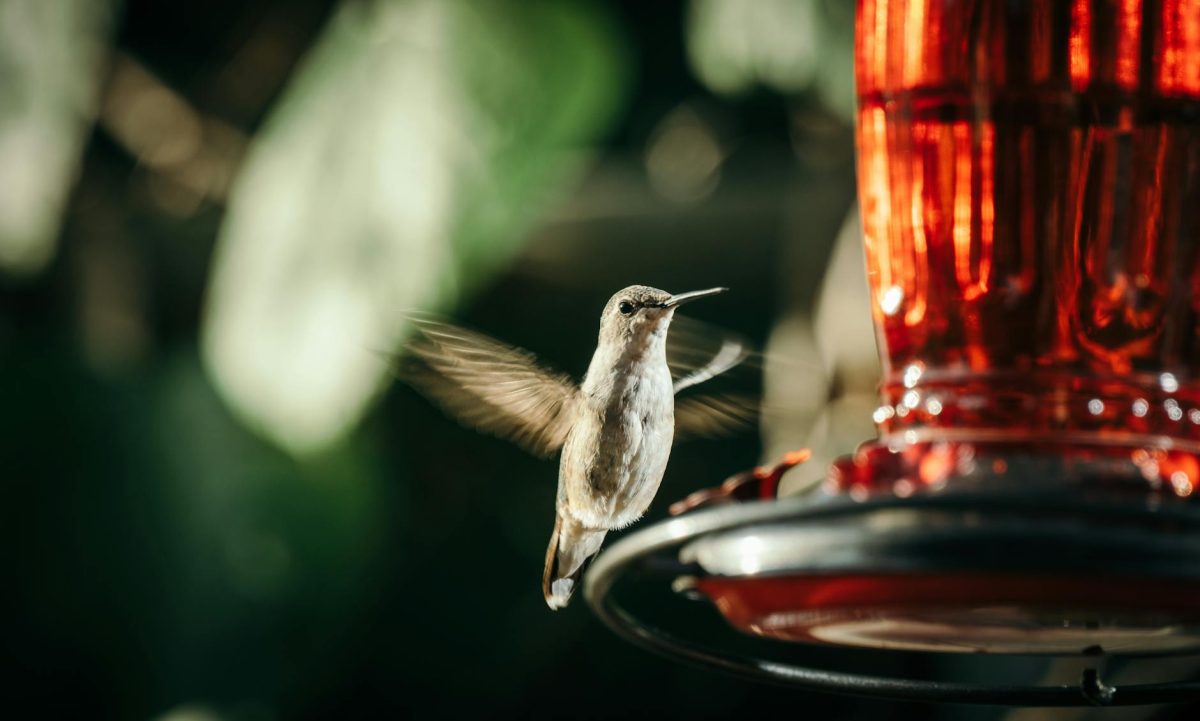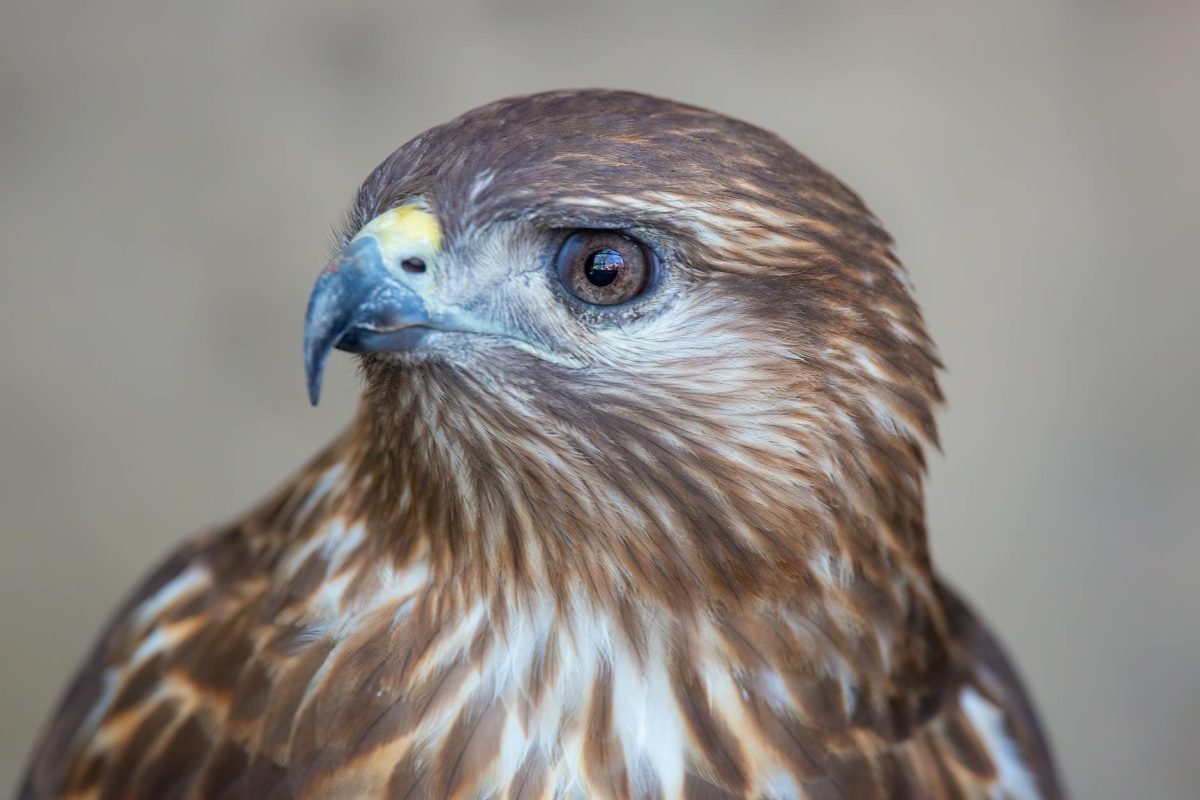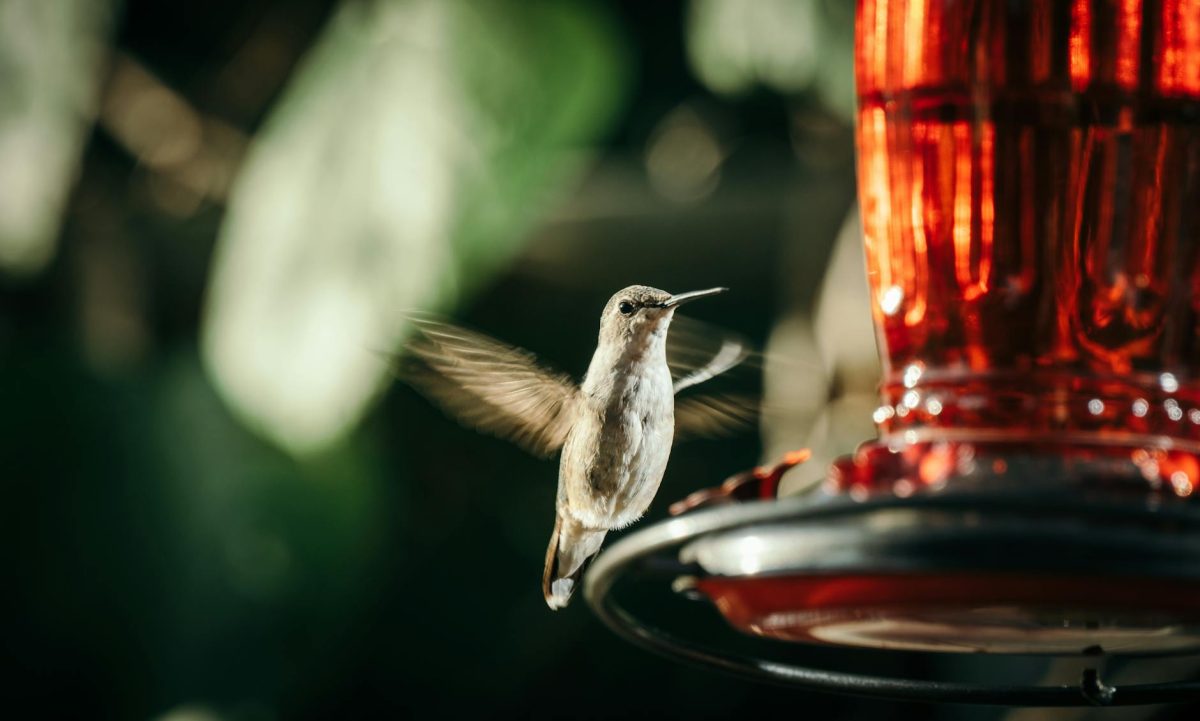Bird Architects: Astonishing Nests That Will Amaze You
Birds are truly remarkable creatures with unique talents that never fail to astonish observers. Among their many skills, one of the most fascinating is their ability to create intricate nests that are not only functional but also aesthetically beautiful. From the intricate woven structures of weaver birds to the elaborate hanging nests of oropendolas, the diversity of avian architecture is truly remarkable. In this article, we will delve into the world of bird architects and explore some of the most astonishing nests that will undoubtedly amaze you.
The Weaverbird’s Masterpiece: A Woven Wonder
One of the most famous avian architects is the weaverbird, known for its exceptional skill in creating intricately woven nests. These small songbirds meticulously craft their nests using strips of grass, leaves, and other plant materials. The weaving process is a meticulous endeavor, with each strand carefully intertwined to create a sturdy and secure structure. The end result is a beautifully crafted nest that not only provides shelter but also showcases the weaverbird’s impressive craftsmanship.
The Hanging Nests of Oropendolas: Gravity-Defying Design
Oropendolas, a group of birds found in Central and South America, are renowned for their unique hanging nests. These pendulous structures are truly a sight to behold, hanging from the branches of tall trees like intricate baubles. Oropendola nests are constructed from woven fibers and vines, creating a sturdy yet flexible home for their inhabitants. The elongated shape and intricate design of these nests not only serve a practical purpose but also add to the visual splendor of the avian architecture.
The Papyrus Beds of the Red Bishop: Nature’s Floating Marvel
The red bishop, a colorful bird native to sub-Saharan Africa, is known for its distinctive reddish plumage and remarkable nesting habits. These birds create their nests using papyrus reeds, weaving them into intricate dome-shaped structures that float on water. The red bishop’s nests are not only well camouflaged among the reeds but also provide a safe haven for their offspring away from potential predators. The ingenuity and creativity displayed by the red bishop in constructing these floating nests are truly impressive.
The Ingenious Mud Nests of Swallows: A Symbol of Endurance
Swallows are well-known for their exceptional aerial acrobatics, but they are also skilled architects when it comes to nest-building. These birds construct their nests using mud, which they gather in their beaks and mold into cup-shaped structures. Swallow nests are typically built in sheltered locations such as caves, barns, or under bridges, providing a safe and secure environment for raising their young. The mud nests of swallows are a testament to the birds’ endurance and adaptability in the face of changing environments.
Conclusion
Birds are truly nature’s architects, demonstrating remarkable skill and creativity in building nests that are not only functional but also visually stunning. From the intricate woven nests of weaverbirds to the gravity-defying hanging nests of oropendolas, avian architecture showcases the diversity and ingenuity of the natural world. As we marvel at the astonishing nests created by these feathered architects, we gain a deeper appreciation for the beauty and complexity of the avian world. So, next time you spot a bird building its nest, take a moment to admire the incredible craftsmanship and artistry on display.

